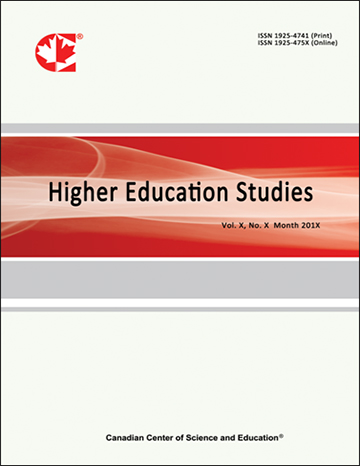Aerobic Capacity and Anaerobic Power Levels of the University Students
- Cengiz TASKIN
Abstract
The aim of study was to analyze aerobic capacity and anaerobic power levels of the university students. Total forty university students who is department physical education and department business (age means; 21.15±1.46 years for male and age means; 20.55±1.79 years for female in department physical education), volunteered to participate in this study. Anaerobic power was measured with Running Anaerobic Sprint Test (RAST). Oxygen consumption was estimated 20-m shuttle run test. We found that was aerobic and minimum anaerobic capacity of physical education students higher than aerobic and minimum anaerobic capacity of business students (P<0.05). On the other hand, we didn’t found differences between physical education female and male students and business female and male students in maximal anaerobic capacity and average anaerobic capacity (P>0.05). We found that was aerobic and minimum anaerobic capacity of female and male students in department physical education higher than aerobic and minimum anaerobic capacity of female and male students in department of business (P<0.05). In addition, fatigue index of female students in department physical education lower than fatigue index of female students in department of business was found (P<0.05). In conclusion, recreational sportive activities affect development of aerobic capacity, depending on this, aerobic capacities of the students having education at the physical education and sport teaching department are more advanced than the students of the business management department due to applied courses included in the curriculum, in addition to recreational activities, genetic factors are determinants of anaerobic capacities.
- Full Text:
 PDF
PDF
- DOI:10.5539/hes.v6n2p76
Index
- AcademicKeys
- CNKI Scholar
- Education Resources Information Center (ERIC)
- Elektronische Zeitschriftenbibliothek (EZB)
- EuroPub Database
- Excellence in Research for Australia (ERA)
- Google Scholar
- InfoBase
- JournalSeek
- Mendeley
- Open Access Journals Search Engine(OAJSE)
- Open policy finder
- Scilit
- Ulrich's
- WorldCat
Contact
- Sherry LinEditorial Assistant
- hes@ccsenet.org
